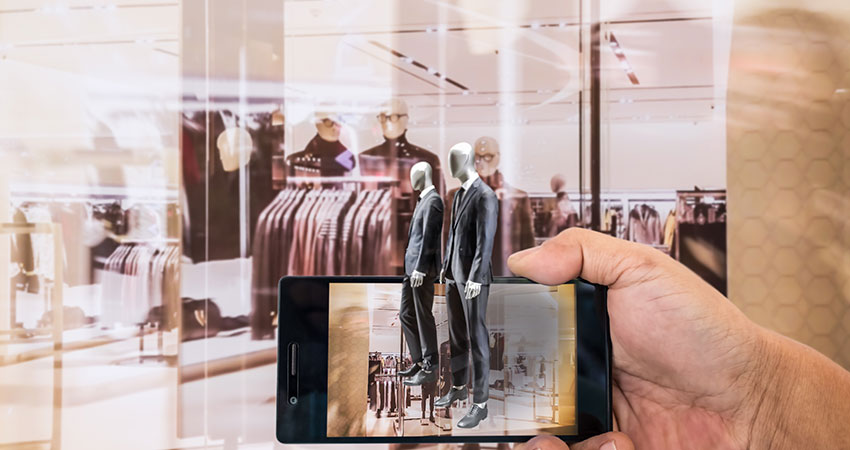In 2017, The Atlantic published an article asking what was causing the great retail meltdown as many large brick-and-mortar retailers announced closings. The so-called “retail apocalypse” has continued skyward with companies announcing more than 9,300 store closings last year, up from 5,844 in 2018.
Clearly, retail is in a state of transition. A dichotomy existed in the past where retailers separated ecommerce and store channels. As more customers migrated online, retailers started to project the physical store into the virtual world.
But it’s no longer just about providing a great online shopping experience. Today, the industry has reached another inflection point, with digital savvy consumers expecting stores to mirror personalized, fast, frictionless online experiences.
Merging Online, Store With Real-Time Data
In this retail landscape, pure-play ecommerce companies are opening up stores to meet these new expectations and reach new customers. As this “clicks-to-bricks” trend increases, traditional retailers are under pressure to create an Amazon-like customer experience to stay relevant.
To blend a digital experience into a store, creating a data strategy foundation is a big challenge. Retailers need a modern platform architecture that can consume massive amounts of data from various customer touchpoints. But rather than collect and store the data, they need to analyze it to discover patterns that enable them to drive real-time decisions.
A customer is not going to wait around to get information, and a sales associate can’t waste time looking for it. To take instant action, retailers need to equip associates with tablets that can access real-time data, empowering them to become customer advisors. For example, real-time data and analysis will give them a 360-degree view of a customer’s shopping behavior in order to make product recommendations, call out promotions and offer specialized pricing.
Retailers must also provide a seamless customer journey across all channels. A customer may buy a product online but then head to the store near them because they need it earlier. The customer expects the associate to pull up their order, the store to have the product in stock, and to be able to take it home with no shipping charge. But without the context that real-time data provides, the associate won’t have visibility into the order. The customer may have to buy the product from the store to get it right away, then deal with the hassle of returning the same item when the online order arrives.
Aside from personalization, retailers need to provide similar online services, such as various delivery options and multiple payment gateways, as customers are also accustomed to those conveniences.
Wayfair: Bringing Digital Experiences In Store
Wayfair, one of the largest ecommerce sellers in the home decor space, is an example of a clicks-to-bricks play as it opened up its first store last August, which functions almost like a design studio. Customers can consult with home design experts, design a room and view it in virtual reality, and buy items there or get them delivered.
Unlike brick-and-mortar retailers burdened with outdated data architectures and a disconnected customer experience, Wayfair as a digital native already had the modern infrastructure in place and the expertise to build a store that mimics the online experience. For example, it turned the tablet into the POS front end to provide an online-like checkout experience, including personal recommendations. Wayfair also added a card reader as a convenience, although a customer can click “pay online” and use any of their preferred payment methods. Like it does online, Wayfair can also offer unique pricing at checkout, for instance giving a repeat customer a discount.
Wayfair and other online retailers are driving the future of retail. Traditional retailers need to build an omnichannel strategy backed by a modern data platform with real-time data analytics to create a next-gen customer experience. If they don’t do what Wayfair and others are doing to bring the online experience to the store, then may find themselves the next obit in the retail apocalypse.
Lenley Hensarling is the chief strategy officer of Aerospike

